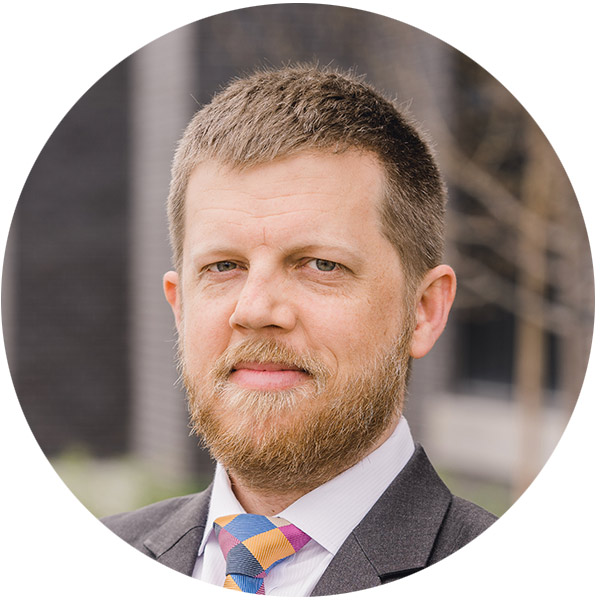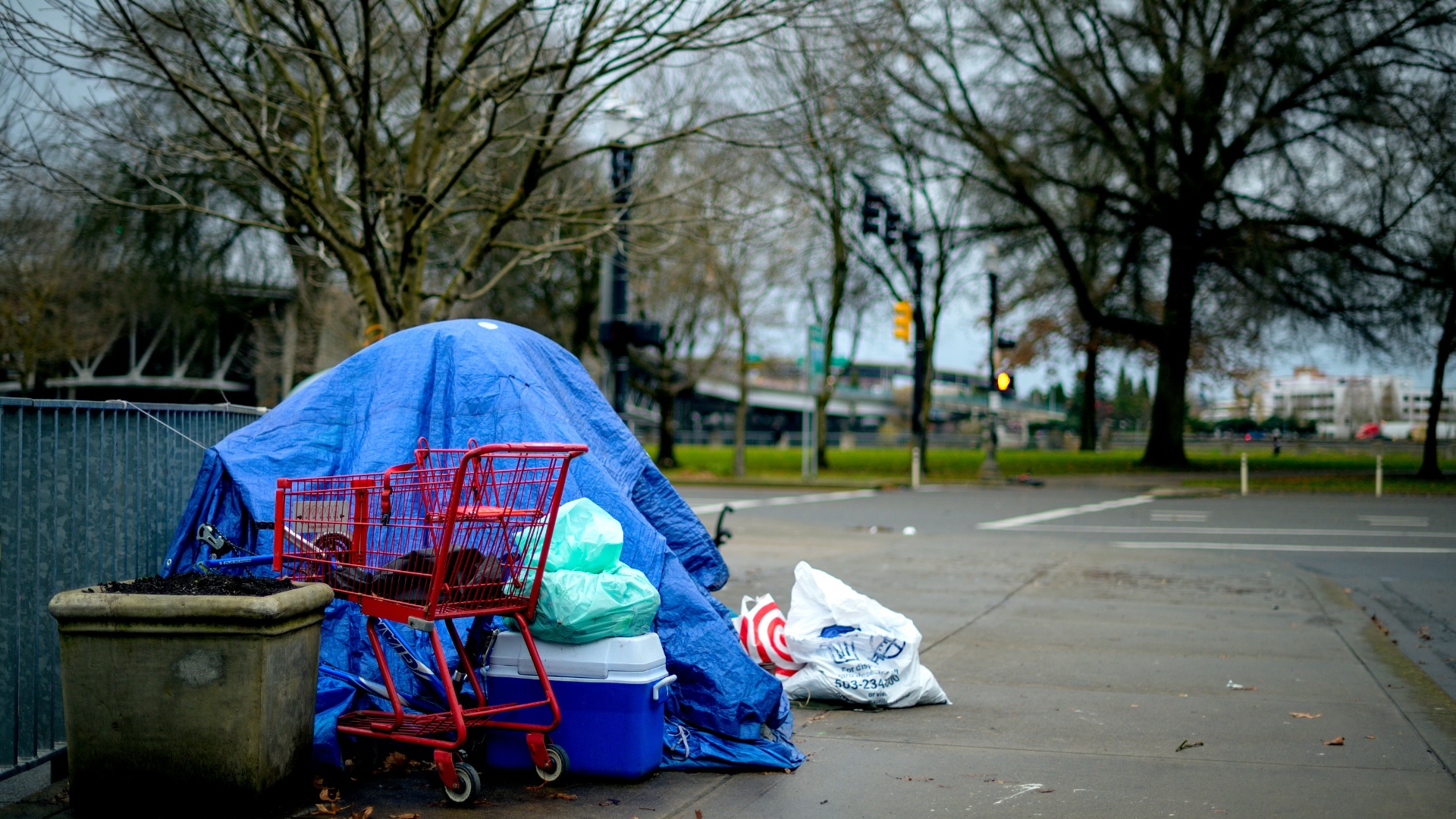We have written previously regarding the recently successful legislative effort to reform Utah’s criminal justice system in Utah. While several aspects received more attention than others—including lowering certain drug possession penalties from a felony to a misdemeanor, and shifting offenders from punishment to treatment—one crucial aspect has not received as much attention as it should: the reduction of penalty enhancement “buffer zones.”
Previous to this change, which passed the legislature almost unanimously, Utah law created a number of zones in which a person alleged to be in violation controlled substance laws would have their penalty automatically increased by one degree—for example, raising the charge from a class A misdemeanor to a third degree felony.
The worst part of the law, as previously constituted, was its broad geographical coverage, sometimes including nearly an entire city. If a person in violation of Utah’s drug laws committed the offending act in the following locations, it triggered the penalty increase:
- in a public or private elementary or secondary school or on the grounds of any of those schools;
- in a public or private vocational school or postsecondary institution or on the grounds of any of those schools or institutions;
- in those portions of any building, park, stadium, or other structure or grounds which are, at the time of the act, being used for an activity sponsored by or through a school or institution under Subsections (4)(a)(i) and (ii);
- in or on the grounds of a preschool or child-care facility;
- in a public park, amusement park, arcade, or recreation center;
- in or on the grounds of a house of worship as defined in Section 76-10-501;
- in a shopping mall, sports facility, stadium, arena, theater, movie house, playhouse, or parking lot or structure adjacent thereto;
- in or on the grounds of a library;
- within any area that is within 1,000 feet of any structure, facility, or grounds included in Subsections (4)(a)(i), (ii), (iv), (vi), and (vii);
That latter item is most striking—while penalties were increased for possessing, using, or selling drugs in schools, libraries, parks, malls, etc., the same enhancement would apply simply for being within 1,000 feet of any of the aforementioned locations. Prosecutors have long joked about how this law effectively allowed them to almost always obtain the enhancement, since it’s difficult to find any location in any city that isn’t within 1,000 feet of one of these many locations.
House Bill 348 made several important changes to this list:
- Several locations were eliminated, including shopping malls, sports facilities, movie theaters, etc.
- Existing locations were constrained such that the penalty enhancements are triggered only during the location’s standard hours of operation.
- Most importantly, the buffer zone around the list of existing locations was reduced from 1,000 to 100 feet.
The elimination of certain locations, along with the reduction of the buffer zone around those remaining, has led to a much more sensible approach to handling drug enforcement. For example, here is an image overlay of a portion of St. George, showing the coverage area for penalty enhancements before and after these legislative changes:

While many more reforms are needed to scale back the invasiveness, cost, and overall approach to handling drug use in Utah, we welcome and applaud these changes as an important step in the right direction. Forcing taxpayers to pay to incarcerate drug offenders for longer periods of time—or at all—is poor public policy and in most cases totally unhelpful in rehabilitating the drug user. We remain committed to promoting more sensible drug policies in Utah.





